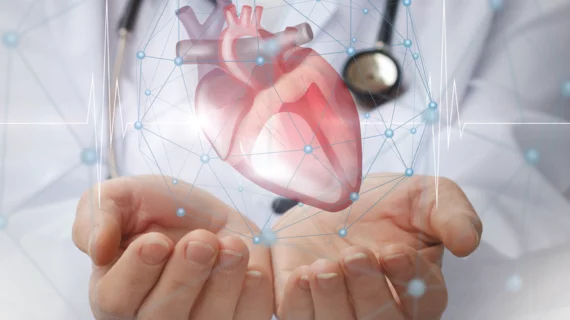Researchers have developed a new CT imaging technique that could improve CPR training and help more patients survive cardiac arrest, sharing their findings in Resuscitation.
The team was able to generate 4D models that show exactly what occurs to a person’s heart during CPR, taking static 3D CT scans and creating movielike sequences that resemble a stop-motion video. Their model was the cadaver of a recently deceased 72-year-old male.
“Specifically, we've simulated heart massage by compressing the chest of a deceased person in a controlled manner in precisely the same way as would happen with heart massage,” lead author Kasper Hansen, PhD, department of forensic medicine at Aarhus University in Denmark, said in a statement. “Though with the difference that this was done gradually and in slow motion while the whole process was CT scanned at the same time.”
Though improved training and rehabilitation efforts have already led to better cardiac arrest outcomes in recent years, the authors believe this new method could help provide new context that ultimately enhances CPR training. New resuscitation techniques could even be developed as a result of these new 4D models.
“There are many unknowns in connection with resuscitation,” Hansen said. “The new technique makes it possible to examine different aspects of heart massage. Using the method allows us to directly study the organ movements, and may help to clarify the basis for important physiological mechanisms. Because the scans have been carried out on a deceased person, it hasn't been possible to measure the blood flow directly. However, the method clearly demonstrates how, for example, the heart is affected during heart massage, and we can therefore gain a better understanding of the critical mechanisms during heart massage.”
The full Resuscitation study, an international collaboration between researchers from Denmark and the UK, is available here. A full video showing the final 4D effect can be viewed here.

